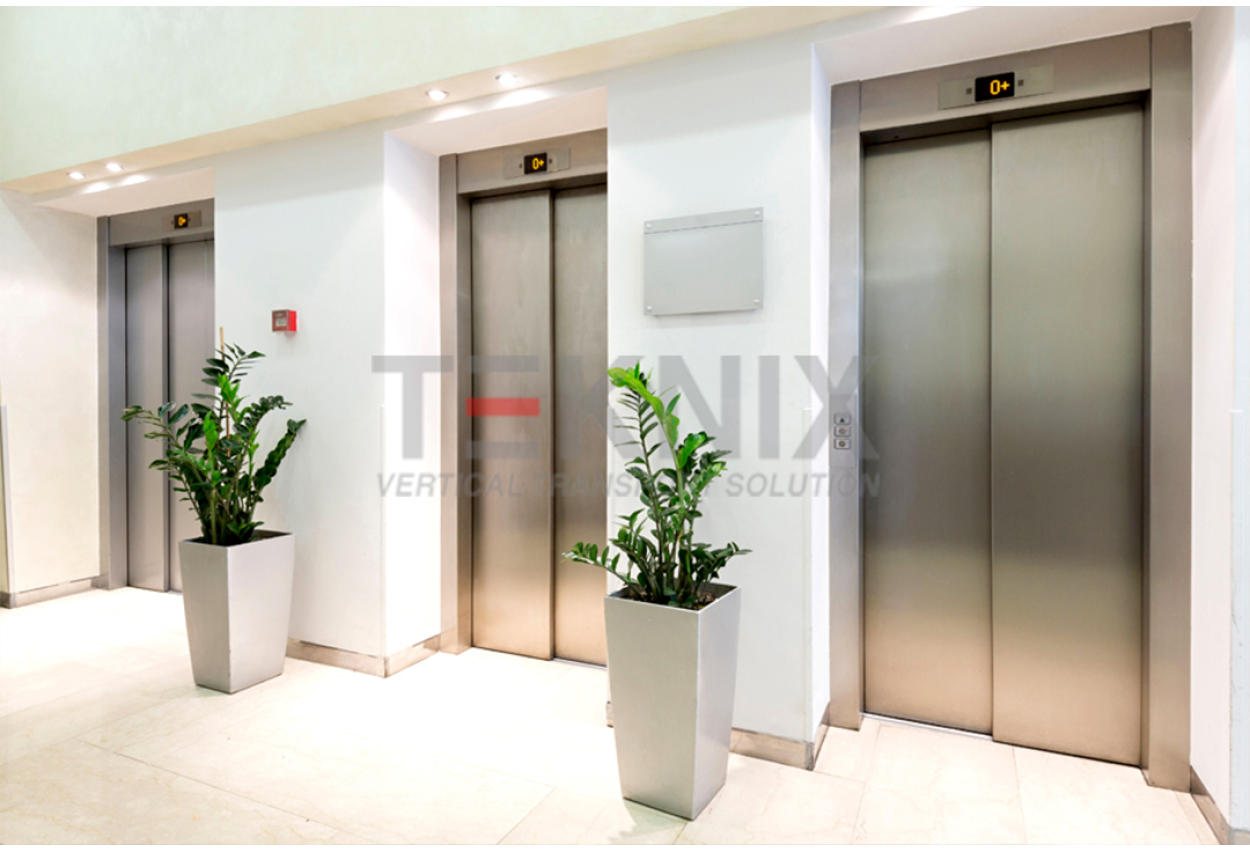We Maintain Lifts with Precision: Ensuring Security and Effectiveness
We Maintain Lifts with Precision: Ensuring Security and Effectiveness
Blog Article
Looking Into the World of Lifts: Usual Problems Encountered by Different Lift Systems
As we navigate via the upright transportation systems of modern-day buildings, lifts stand out as a vital element of our day-to-day lives. From hydraulic lifts to grip systems and machine-room-less layouts, each lift kind comes with its collection of typical issues.
Hydraulic Lifts
Hydraulic elevators, typically chosen for low-rise structures, utilize fluid stress to control the motion of the lift auto (lift repair companies). This system involves a hydraulic pump pressing oil into a cyndrical tube, triggering the elevator to move in the preferred instructions. While hydraulic elevators are recognized for their smooth and peaceful operation, they do feature their own set of typical issues
One common trouble with hydraulic lifts is oil leakage. Additionally, concerns with the control system, such as faulty valves or a malfunctioning pump, can create disruptions in the lift's activity.
Routine upkeep and timely repair services are vital to make sure the smooth performance of hydraulic elevators. By resolving these usual concerns proactively, structure proprietors can decrease downtime and make sure the safety and security and effectiveness of their vertical transportation system.
Grip Lifts
When thinking about upright transport systems in structures, an additional usual type other than hydraulic elevators is the traction lift. Grip lifts run utilizing a system of ropes and counterweights that move the lift cars and truck by grasping onto the hoist ropes. This system enables smoother and much faster vertical transport contrasted to hydraulic systems.
Among the typical issues faced by grip elevators is rope wear. The continuous activity of the ropes within the grip system can result in deterioration gradually, potentially creating the lift to malfunction or end up being hazardous for usage. Routine inspections and maintenance of the ropes are important to guarantee the lift's proper functioning and safety and security.
An additional problem that traction lifts might experience is connected to the control system. Issues with the control system can result in issues such as irregular motion, delays in response times, and even full closures. Routine testing and maintenance of the control system are important to stop such problems and ensure the elevator's dependability.
Machine-Room-Less (MRL) Lifts

One of the vital parts of MRL lifts is the small gearless grip maker that is set up within the over here hoistway. This maker successfully drives the lift vehicle without the need for large equipment discovered in standard traction lifts. Additionally, MRL lifts usually use a counterweight system to stabilize the auto, further improving their power efficiency.
In spite of their benefits, MRL elevators may deal with challenges related to repair and maintenance because of the confined space Web Site for equipment installation. Access for servicing elements within the shaft can be limited, calling for specialized training for professionals. Correct upkeep timetables and routine examinations are important to make certain the ongoing smooth procedure of MRL elevators.
Overloading and Weight Limit Issues
Are lifts equipped to handle excess weight lots successfully and safely? Straining and weight limitation problems are important worries in elevator procedures. Lift suppliers layout raises with specific weight abilities to guarantee guest security and equipment long life. Surpassing these weight restrictions can bring about various problems, including mechanical failings, delays, and security threats.
When lifts are overwhelmed, it puts too much stress on the motor, cable televisions, and various other elements, potentially creating breakdowns or breakdowns. Security mechanisms such as sensing units and overload sensing units remain in area to prevent lifts from moving if they find excess weight. Additionally, surpassing weight limitations can cause raised power consumption and damage on the lift system.
To minimize overloading concerns, building supervisors need to prominently display weight limits in lifts and enlighten residents on the importance of sticking to these constraints - lift repair companies. Routine maintenance checks by certified service technicians can additionally help ensure that elevators are running within risk-free weight specifications. By dealing with overloading and weight restriction concerns proactively, building owners can enhance elevator security and efficiency
Electric System Failures
Going beyond weight limitations in lifts can not only lead to mechanical issues but likewise potentially contribute to electrical system failings within the lift framework. Electric system failings are a crucial issue in elevator procedure, as they can trigger unexpected shutdowns, breakdowns, or also safety and security dangers.
Normal maintenance and assessments are important to identify and attend to potential electric issues immediately, ensuring the risk-free and efficient operation of lift systems. By adhering to weight limitations and performing routine electrical system checks, structure proprietors can reduce the threat of electrical failings in lifts.
Conclusion

Hydraulic lifts, frequently favored for low-rise buildings, make use of fluid stress to manage the activity of the elevator auto.When thinking about upright transportation systems in structures, another typical kind apart from hydraulic elevators is the grip lift. Traction lifts run using a system of ropes and weights that relocate the elevator cars and truck by gripping onto the hoist ropes. Unlike standard elevators that require a different machine space to house the tools, MRL lifts integrate many of the elements within the shaft, removing the need for a specialized equipment room.In final thought, lifts encounter common problems such as hydraulic breakdowns, traction system failures, and electrical system issues.
Report this page